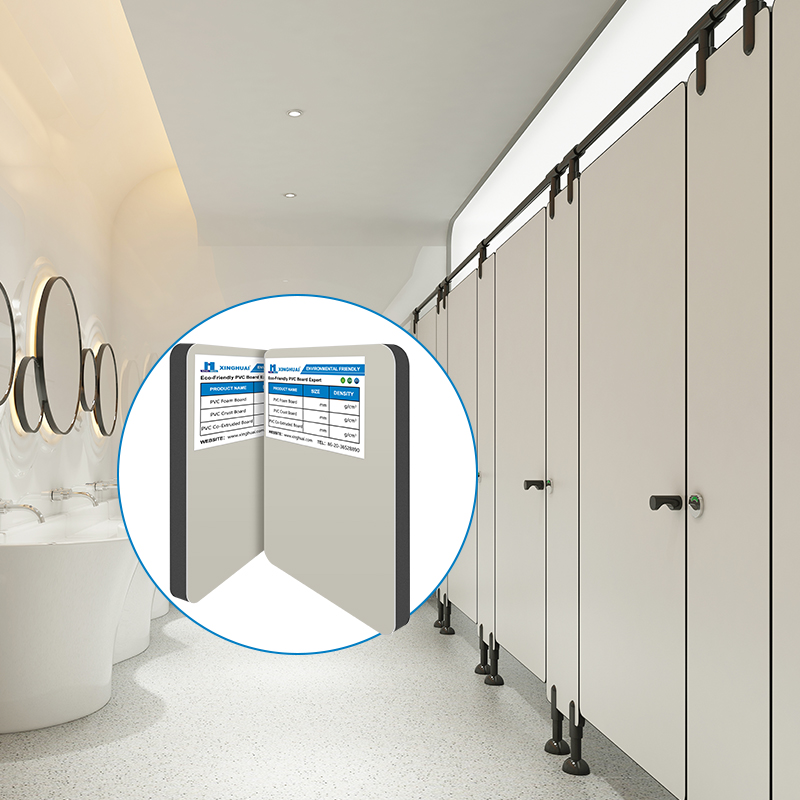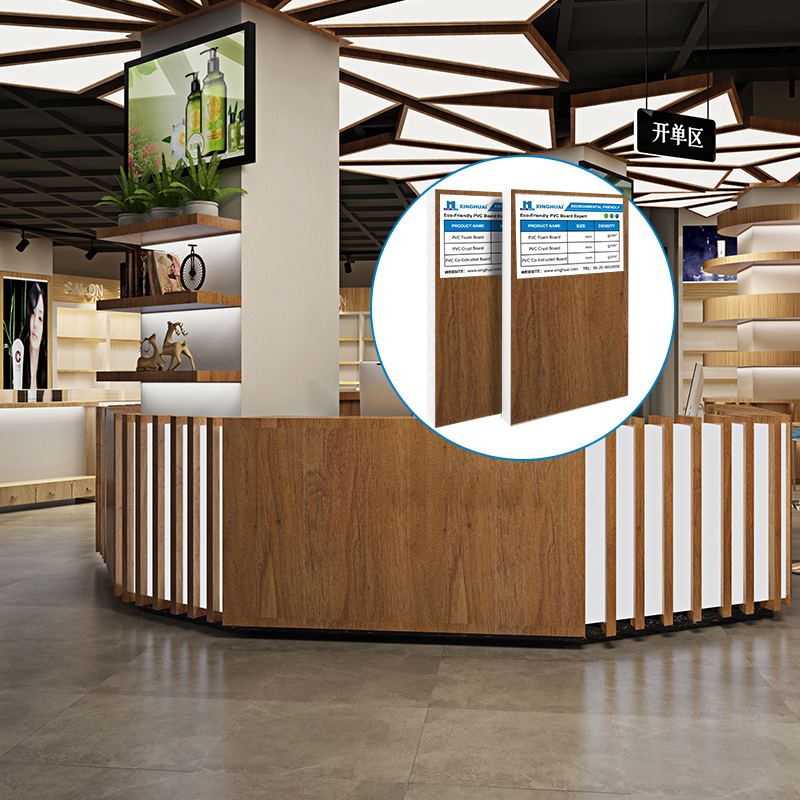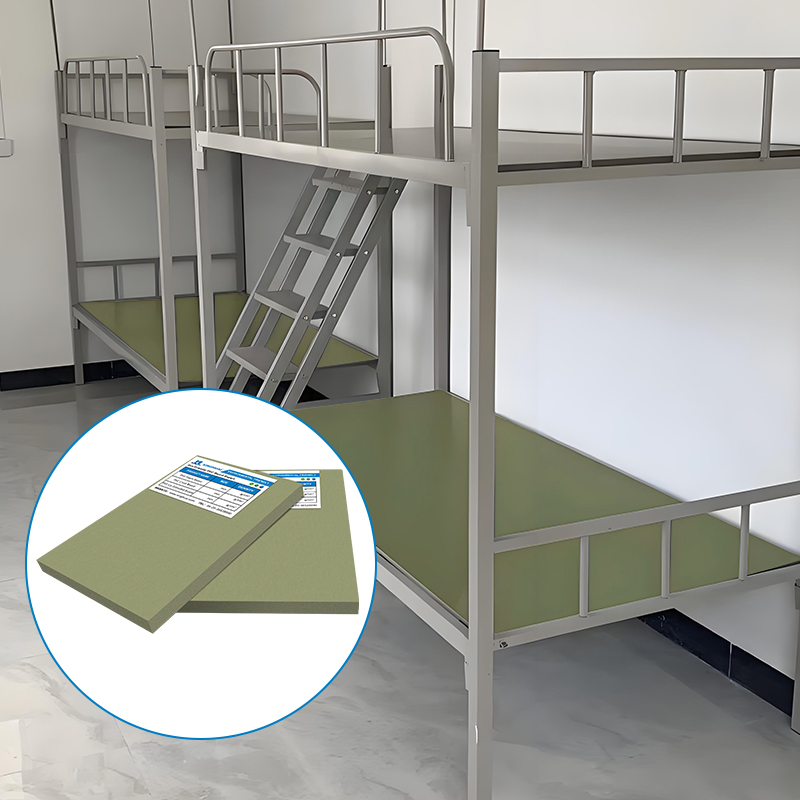How Can PVC Board Be Treated to Prevent Insect Infestation?
Insect infestation remains a persistent challenge in industries relying on wooden or porous materials, including construction, furniture manufacturing, and beekeeping. However, PVC foam board (also known as PVC celuka foam sheet or white foam PVC) has emerged as a revolutionary alternative due to its inherent resistance to pests. This article explores how 4x8 PVC foam board and fire retardant PVC board can be treated or utilized to prevent insect infestations, ensuring durability and safety.
Understanding PVC Foam Board’s Natural Pest Resistance
PVC foam board is engineered from polyvinyl chloride (PVC), a synthetic polymer renowned for its moisture-resistant and chemical-stable properties. Unlike traditional wooden boards, PVC celuka foam sheet lacks organic nutrients that attract pests such as termites, beetles, or moths. The closed-cell structure of white foam PVC prevents insects from nesting or burrowing, making it an ideal material for environments prone to infestations.
However, in certain applications (e.g., beekeeping), even PVC foam board 4x8 panels may require additional treatments to ensure absolute pest-proofing.
Key Treatments for Enhanced Pest Resistance
1. Surface Coatings and Sealants
Applying a fire retardant PVC board coating to PVC foam board enhances its pest resistance by sealing microscopic pores. Specialized insect-repellent sealants, often containing pyrethroids or boric acid, can be applied to the edges of 4x8 PVC foam board to deter crawling insects. This treatment is particularly effective for PVC celuka foam sheet used in outdoor or humid environments.
2. Incorporating Insect-Repellent Additives
Manufacturers can blend white foam PVC with insect-repellent additives during production. For example, adding neem oil extracts or diatomaceous earth to the PVC resin creates a fire retardant PVC board that actively repels pests. This method ensures long-term protection without compromising the structural integrity of PVC foam board 4x8 panels.
3. Thermal and Chemical Treatments
Heat-treating PVC celuka foam sheet at 120–140°C eliminates latent eggs or larvae that may be present in raw materials. Chemical treatments, such as immersing white foam PVC in insecticidal solutions (e.g., permethrin-based sprays), provide an additional layer of defense. However, this must be done cautiously to avoid degrading the fire retardant PVC board’s flame-resistant properties.
4. Structural Design Modifications
For PVC foam board 4x8 used in beekeeping or agricultural applications, reducing gaps and joints minimizes pest entry points. Integrating overlapping seams or using fire retardant PVC board with tongue-and-groove designs ensures a tighter fit, preventing insects from infiltrating.
Applications Where Treated PVC Boards Excel
1. Beekeeping Industry
Traditional wooden beehives are vulnerable to wax moths and small hive beetles. PVC foam board 4x8 panels, when treated with insect-repellent coatings, eliminate nesting sites for pests. The PVC celuka foam sheet’s smooth surface prevents larvae from adhering to hive frames, reducing infestation risks.
2. Furniture and Cabinetry
White foam PVC is widely used in moisture-prone areas like kitchens and bathrooms. Treating fire retardant PVC board with boric acid-based solutions deters silverfish and carpet beetles, which thrive in damp environments.
3. Construction and Insulation
PVC foam board 4x8 panels used in wall insulation or roofing are prone to termite attacks if untreated. Applying a fire retardant PVC board coating infused with bifenthrin creates a barrier that repels subterranean termites.
Advantages of Fire Retardant PVC Board in Pest Control
Fire retardant PVC board combines two critical benefits: pest resistance and flame safety. In commercial buildings, using PVC celuka foam sheet treated with flame-retardant and insect-repellent chemicals ensures compliance with fire codes while reducing long-term maintenance costs.
For example, in hotels or dormitories, white foam PVC bed frames or cabinet panels treated with fire retardant PVC board coatings prevent bed bugs and moths from infesting linen storage areas.
Maintenance and Longevity
Regular cleaning of PVC foam board 4x8 surfaces with mild detergents removes dust and organic debris that may attract pests. For fire retardant PVC board, annual inspections of joints and seams ensure that no cracks have developed, which could compromise pest resistance.
Reapplying insect-repellent sealants to PVC celuka foam sheet edges every 3–5 years extends its pest-proofing lifespan, especially in tropical climates.
Conclusion
PVC foam board, whether in 4x8 panels, PVC celuka foam sheet, or white foam PVC variants, offers inherent pest resistance due to its non-porous structure. However, combining it with fire retardant PVC board treatments—such as coatings, additives, or thermal processes—enhances its durability against infestations. Industries from beekeeping to construction benefit from this material’s adaptability, ensuring pest-free environments without compromising safety or functionality.
By prioritizing fire retardant PVC board solutions, businesses and homeowners can achieve long-term protection against insects while adhering to fire safety standards. The future of pest control lies in innovative material treatments like those applied to PVC foam board, marking a significant leap toward sustainable and resilient infrastructure.




